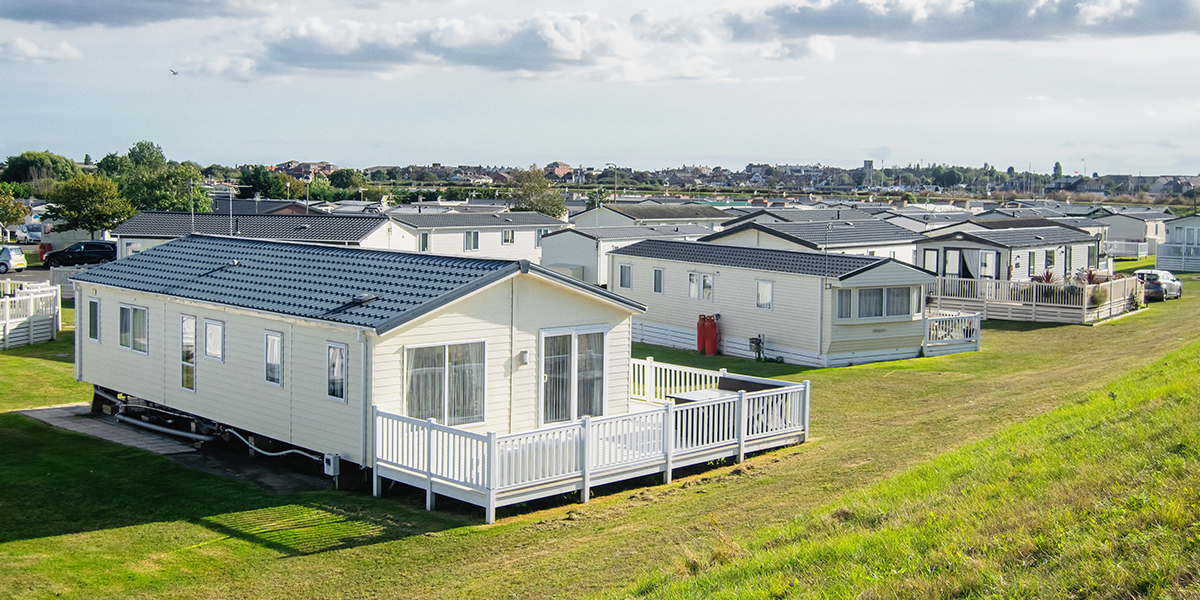Written by Sydney Roberts
Our world is becoming more and more connected every day, as we monitor how many steps we take, seconds that we brush our teeth, or types of craft beers that we sample. But how many of us have up-to-date data on the performance of our home or commercial building? What if someone was leaving a light on all night, or if there was a small leak in the irrigation system? These “small” energy and water leaks can really add up over time, and most building owners or tenants would not realize that they had a problem until the utility bill arrived, often weeks later.
Southface is partnering with WaterSignal to measure, track and monitor potable water consumption at the water meters at both our main campus (Resource Center and Eco Office) and at the SWEET Center. WaterSignal measures the meter pulse counts and transmits this information via a cellular network to a cloud-based database and analytics system. Southface worked with WaterSignal to set hourly and daily flow alert levels that send our staff text and email alerts if there are high consumption levels. There is also an online dashboard to report usage.
I, and others, received the following automatically generated text message:
FRM: WaterSignal
SUBJ: Southface Resource Center / Eco Office
MSG: 04/05/2016 01:56 PM 206 gallons/hour was used, 200 gallon/hour limit
While this may appear somewhat like gibberish, it is actually an alert that something is amiss with the water usage on campus. The WaterSignal dashboard provides an hourly picture of consumption at the meter.
The spike indicates that something unusual is happening with the potable water coming through the water meter. In fact, it was roughly a 10 fold increase over typical consumption. Each bar on the X-axis is a one-hour time increment, and the Y-axis is number of gallons.
Was someone washing a car? Filling water balloons? Pressure washing the pervious pavement?
This alert is also sent via text message and email to Stephen Ward, the Southface Facilities Manager. He was able to track down the cause of the spike in water consumption to a leaking toilet flapper. That is why the spike only lasted for one hour, and did not continue. These types of leaks are not unusual in homes or commercial buildings, and it is very clear from the data above that this one leak would have resulted in a dramatically increased water bill for the entire campus if left unchecked for even a short time.
If this leak had not been detected and was left running all day, every day until the water bill arrived, the water consumption for the Southface 241 Pine Street campus is estimated to have been over 130,000 gallons, rather than our usual consumption of approximately 5,000 gallons per month. Not only would this be a tremendous waste of water, but it would also hit Southface in the wallet, costing an additional $3,780 in water and sewer charges.
The Southface Resource Center and Eco Office were constructed with energy and water efficiency in mind. In fact, the Eco Office consumes 80% less water than a conventionally built office building of similar size due to a combination of efficient water supply and consumption measures. However, Southface is dedicated to continued improvement and has committed to meeting the goals of the Atlanta Better Buildings Challenge. Data tracking and transparency are integral to meeting these goals, and WaterSignal is helping us understand and reduce our water consumption.
Click here or follow us on social media for the latest in water news, tips, and fun facts.
WaterSignal is a green technology company focused on water conservation. WaterSignal measures water flow in real-time to detect leaks and monitor domestic meters, irrigation systems, and cooling towers for commercial, multifamily, medical and educational properties. WaterSignal is located in Alpharetta, GA, and currently has operations in 18 states.
Original article posted here by Southface.




